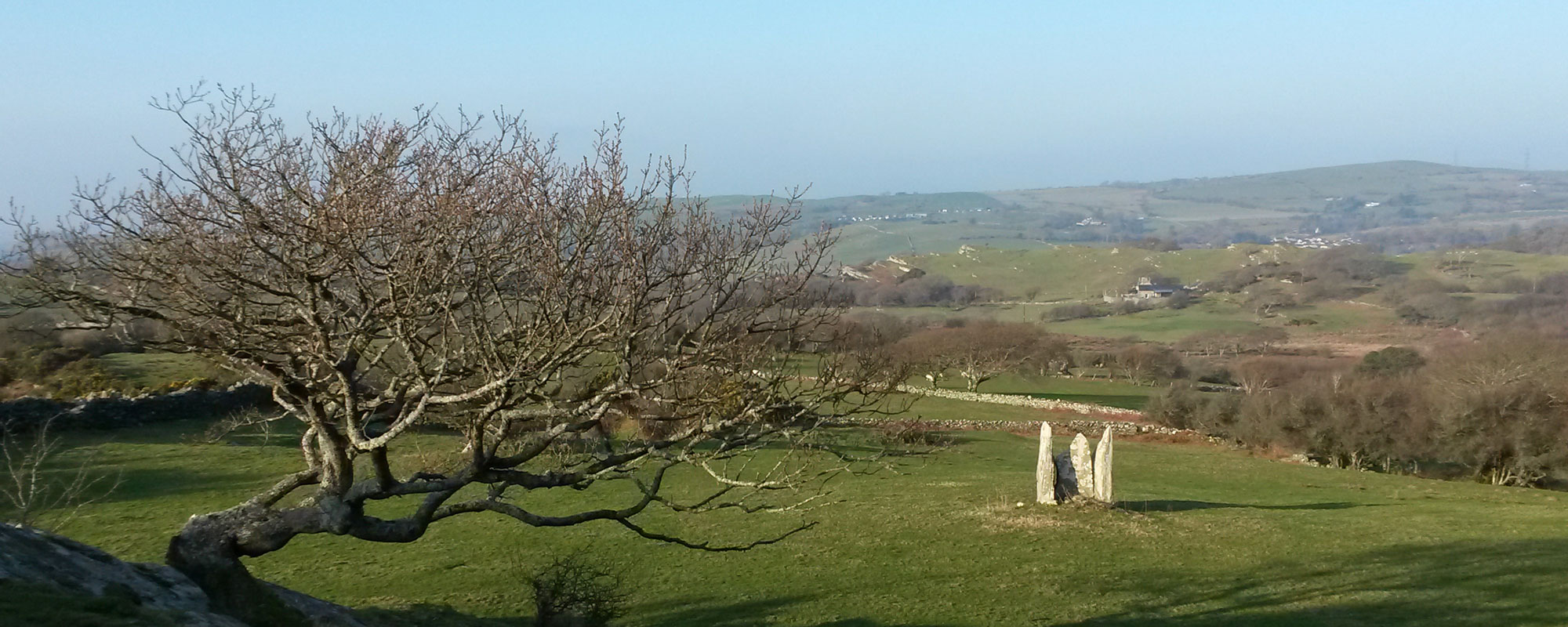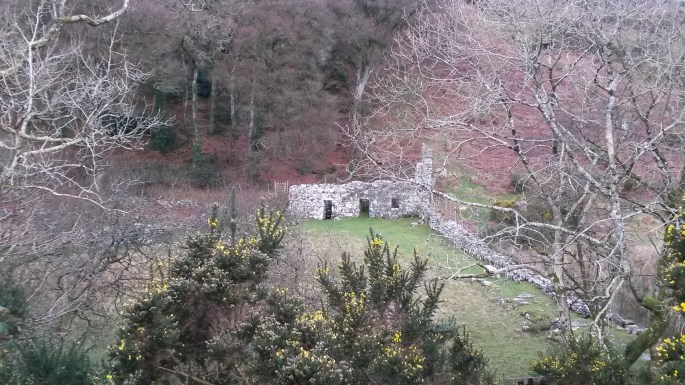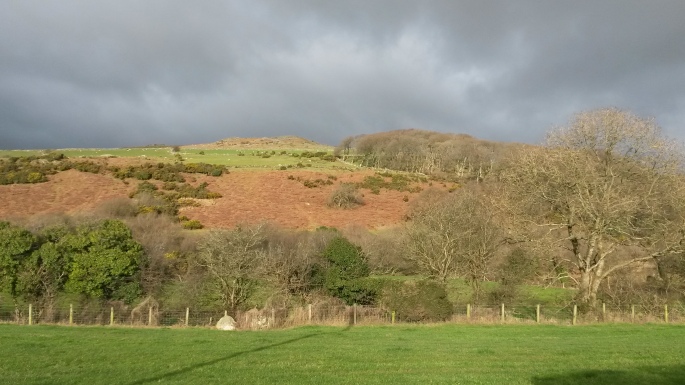
I went to the Hermitage of the Awakened Heart recently and decided to do some pilgrimage. The first place I visited was St. Cybi’s Well which is located very close by a church associated with the same saint. This place can be found at the village called Llangybi. Legend has it that this well has healing powers. I have been feeling in need of healing and rejuvenation lately so I thought that the well could work some magic on me.

It took about an hour to walk there from the Hermitage. I stayed for a while, said some Guru Rinpoche prayers and circumambulated the well. I walked back and felt very tired, even more than I had earlier. By the time I got back I felt so out of it that I went straight to sleep for a few hours, which is unusual for me to be able to sleep during the day even when tired. I’m sure the trip had some effect on me as I felt a new lease of life the next day, which leads me to the next pilgrimage: St.Tudwen’s church.

The following day, one of the residents at the Hermitage mentioned that she had a fold up bike, a funny looking thing usually seen on the underground in London that I thought wouldn’t be up to very much, but to my surprise it took me on quite a journey and even managed a few hills. I ended up cycling over 40 miles, partly owing to my poor sense of direction.
After a much needed Guinness, panini and coffee at a roadside pub I eventually made it to St Tudwen’s church which is next to a village called Dinas; a name which caused me to mistake Carn Fadryn (a famous Iron Age hillfort very close by) for Dinas Emrys (another famous mountain in Snowdonia) which I had also planned to visit, but didn’t quite have the time.
St Tudwen’s Church is a lovely spot and felt very peaceful to be there especially after the effort to get there. Shame I didn’t remember to ask the farmer for the key to look inside, but still, I circumambulated the church and said Guru Rinpoche prayers. I’m not sure if others in the sangha circumambulations of place other than stupas, but at some point I seem to have adopted this practice of viewing anything sacred as a kind of stupa.
When I first went to a Dharma centre in Scotland called Samye Ling I noticed the Stupa there had a presence as if it was alive, as if it could see me. I also thought the shape suggested drawing energy of life into it, like a lightning conductor through the pointed crown on the top. Later when I became involved with Awakened Heart Sangha with its Enlightenment Stupa at the Hermitage, I heard stupas talked about in much greater detail and with a great sense of reverence and awe.
The way of relating to stupas from what I have heard is as if they are the Buddha in person – and even the shape reflects this. There’s too much to go into on that subject but I like relating the same principles to other place, even places that are not at all seemingly sacred, places that might be un-loved or ugly. I suppose you could even circumambulate a public toilet if you wanted to.
Anyway, I enjoyed the two trips I made and next time hope to make it to Carn Fadryn.
Words and images by Luke Davey.



 Medieval treatments may have lasted several days and would have consisted of both bathing in and drinking the well water – hopefully not at the same time!
Medieval treatments may have lasted several days and would have consisted of both bathing in and drinking the well water – hopefully not at the same time!